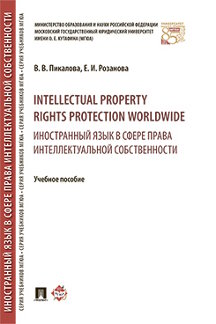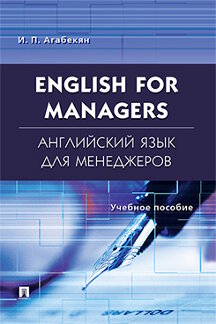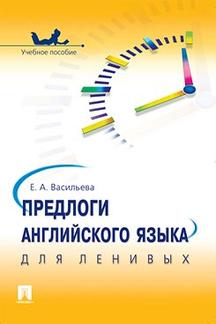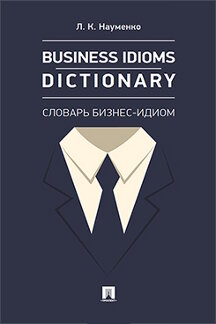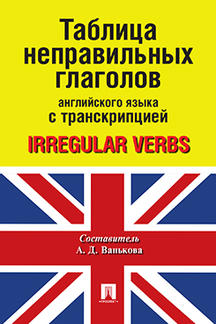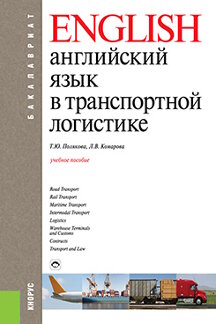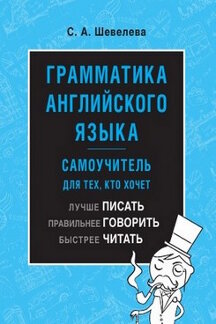|
|
ОглавлениеUnit 2 IP: International Legal Environment Unit 3 Copyright Law: Rationale of copyright. Obtaining and enforcing copyright Unit 4 Copyright Law: Moral and Economic rights Unit 5 Copyright Protection of Computer Software Unit 6 Copyright Law: “Whose format is it anyway?” Unit 7 Trademarks: definition, functions, registration and use Unit 8 IP and Business: Trademark Coexistence Unit 11 Patent Law: Patent application Unit 13 Role of Intellectual Property in Enhancing the Competitiveness of the Tourism Industry Для бесплатного чтения доступна только часть главы! Для чтения полной версии необходимо приобрести книгуUnit 11 Patent Law: Patent applicationVOCABULARYpatent application — заявка на патент preliminary filing — предварительная регистрация заявки cutoff date — дата прекращения priority date — дата приоритета divisional application — выделенная заявка continuation application — продолжающая заявка provisional application — предварительная заявка standard application — типовая заявка patent specification — описание изобретения к патенту valid patent — действующий патент filing date — дата подачи заявки standard patent — рядовой патент priority claim — преимущественное требование priorart — прототип, известный уровень техники nonobviousness — неочевидность industrial applicability — промышленная применимость filing fee — регистрационная пошлина READING 1Exercise 1. Read through the text and answer the questions. 1. What exactly does the owner of a patent obtain from the state? 2. What conditions must be met to obtain patent protection? 3. Who grants patents? 4. How much does it cost to patent an invention? 5. What is the best way to achieve international protection for a patent? 6. What practical steps does a person have to take to obtain patent protection? 7. Can the decision to grant a patent be challenged? 8. Is it possible to extend the term of patent protection? There are numerous conditions that must be met in order to obtain a patent and it is not possible to compile an exhaustive, universally applicable list. However, some of the key conditions include the following: • the invention must show an element of novelty; that is, some new characteristic which is not known in the body of existing knowledge in its technical field. This body of existing knowledge is called “prior art”; • the invention must involve an “inventive step” or “non-obvious”, which means that it could not be obviously deduced by a person having ordinary skill in the relevant technical field; • the invention must be capable of industrial application, meaning that it must be capable of being used for an industrial or business purpose beyond a mere theoretical phenomenon, or be useful. Its subject matter must be accepted as “patentable” under law. In many countries, scientific theories, aesthetic creations, mathematical methods, plant or animal varieties, discoveries of natural substances, commercial methods, methods for medical treatment (as opposed to medical products) or computer programs are generally not patentable. The invention must be disclosed in an application in a manner sufficiently clear and complete to enable it to be replicated by a person with an ordinary level of skill in the relevant technical field. A patent is granted by a national patent office or by a regional office that carries out the task for a number of countries. Currently, the following regional patent offices are operational: • African Intellectual Property Organization (OAPI); • African Regional Intellectual Property Organization (ARIPO); • Eurasian Patent Organization (EAPO); • European Patent Office (EPO); • Patent Office of the Cooperation Council for the Arab States of the Gulf (GCC Patent Office). Under such regional systems, an applicant requests protection for an invention in one or more member states of the regional organization in question. The regional office accepts these patent applications, which have the same effect as national applications, or grants patents, if all the criteria for the grant of such a regional patent are met. The cost of patenting an invention depends on factors such as the nature of the invention, its complexity, patent attorney’s fees, the length of the application, and possible objections raised during the examination by the patent office. Some countries offer discounts to small- and medium-sized enterprises and applicants filing the application online. In addition to the national official filing fees, once a patent is granted by the patent office, you must pay maintenance or renewal fees, generally on an annual basis, to maintain the validity of the patent. In case you decide to patent your invention abroad, you should also consider the relevant official filing fees for each country in question, the translation costs, and the costs of using local patent agents, which is a requirement in many countries for foreign applicants. At present, you cannot obtain a universal “world patent” or “international patent”. Patents are territorial rights. In general, an application for a patent must be filed, and the patent granted and enforced, in each country in which you seek patent protection for your invention, in accordance with the law of that country. Therefore, one way of obtaining patents in a number of countries is to file a national patent application with each relevant national patent office. If you are seeking patent protection in a number of countries worldwide, a good option is to file an international application under the Patent Cooperation Treaty (PCT), administered by WIPO. The first step in securing a patent is the filing of a patent application. In the patent application, in general, you must describe the title of the invention, as well as provide an indication of its technical field. You must also include the background to and a description of the invention, in clear language and enough detail that a person with an average understanding of the field could use or reproduce the invention. Such descriptions are usually accompanied by visual materials such as drawings, plans, or diagrams to better describe the invention and an abstract, which contains a brief summary of the invention. You must also clearly and concisely define the matter for which patent protection is sought in the “claims” part of the patent application. In addition, depending on the applicable patent law, you may need to submit various kinds of statements, declarations or supporting documents to a patent office. The procedures vary significantly from one country to another, so it is impossible to provide an exhaustive step-by-step overview. The grant of a patent can be challenged either via a patent office or in a court of law. A court may invalidate or revoke a patent upon a successful challenge by a third party. In addition, many patent offices provide administrative procedures that allow third parties to oppose to the grant of a patent (including so-called “opposition systems”), for example, on the basis that the claimed invention is not new or does not involve an inventive step. In some countries, patent protection may be extended beyond 20 years or a Supplementary Protection Certificate (SPC) may be issued in very specific cases. The extension aims to compensate for the time expended on the administrative approval procedure before products can be put on the market. The time taken for this procedure means that the patent owner may sometimes not be able to benefit from his right for a considerable period of time after the grant of the patent. (http://www.wipo.int/patents/en/faq_patents.html) VOCABULARY IN USEExercise 2. Read through the text and fill in the gaps with appropriate phrases. Interpret it.
Confidentiality Patents are granted by patent offices in exchange for a full … of the invention. In general, the details of the invention are then published and made available to the public at large. It should be noted that … can take place at various stages of the procedure. In some countries, the patent document is only published after the ... In other countries, patent applications are generally published 18 months from the … or, where priority has been claimed, the priority date. It is important to file a … before publicly disclosing the details of an invention. In general, any invention which is made public before an application is filed would be considered “...” (although the definition of the term “prior art” is not uniform at the international level, in many countries, it refers to any information which has been made available to the public anywhere in the world by written or oral disclosure before the filing date). In countries which apply the above definition of the term “prior art”, an applicant’s public disclosure of an invention prior to filing a patent application would prevent him/her from obtaining a … for that invention, since the invention would not comply with the novelty requirement. Some countries, however, allow for a … — usually between 6 and 12 months — which provides a safeguard for applicants who disclosed their inventions before filing a patent application. Further, the novelty criteria may be interpreted differently depending on the ... If disclosing your invention before filing a patent application is unavoidable — for example, to a potential investor or a business partner — then any disclosure should be accompanied by a confidentiality or ... It should also be kept in mind that applying early for patent protection will generally be helpful when seeking financial support to commercialize an invention. (http://www.wipo.int/treaties/en/registration/pct/summary_pct.html#_ftn1) Exercise 3. Discuss the following phrases in pairs and explain them in your own words. novelty; prior art; non-obviousness; industrial applicability; patent application; confidentiality agreement Exercise 4. Read the text as quickly as possible. Answer the questions: What is the main part of the application? What does it include? Translate it focusing on the underlined words and word combinations. Patent specification A patent specification is a document describing the invention for which a patent is sought and setting out the scope of the protection of the patent. As such, a specification generally contains a section detailing the background and overview of the invention, a description of the invention and embodiments of the invention and claims, which set out the scope of the protection. A specification may include figures to aid the description of the invention, gene sequences and references to biological deposits, or computer code, depending upon the subject matter of the application. Most patent offices also require that the application include an abstract which provides a summary of the invention to aid searching. A title must also generally be provided for the application. С книгой "Intellectual property rights protection worldwide = Иностранный язык в сфере права интеллектуальной собственности. Учебное пособие" автора Пикалова В.В., Розанова Е.И. также читают:Внимание! Авторские права на книгу "Intellectual property rights protection worldwide = Иностранный язык в сфере права интеллектуальной собственности. Учебное пособие" (Пикалова В.В., Розанова Е.И.) охраняются законодательством! |
|||||||||||||||||||||||


